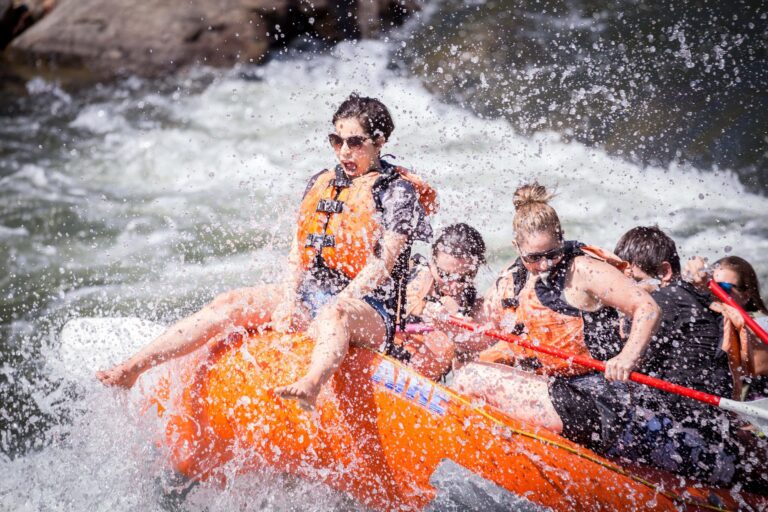A first-time whitewater rafter experienced Hells Canyon, and this is their story about the journey.
“Hold on tight,” our guide says, as a nearly 6-foot wall of green water rises above our small raft.
It was almost needless to say at that point.
My heart drops. This is it. This is the “greenroom,” one of the most intense Class IV rapids in all of Hells Canyon. Every muscle in me tightens up as I cling on to the raft, eyes wide.
With raging butterflies in my stomach, we drop into the trough before the big wave. Our raft smoothly glides over the surface of the water and for just a split second all I can see is green.
Yeah, they weren’t kidding about the name, I thought.
Suddenly, breaking waves surround us. All I can hear is the roar of the river as the cool water crashes over our raft. I get splashed in the face. Not once. Not twice. But about 17 times.
It’s like we’re rising and falling over the path of some twisted, real-life rollercoaster, and I’m holding on so hard my hands have turned white.
Just as quickly as it started, the ride is over.
My heart’s still racing and the muscles in my legs are shaking as the roar of the river hushes to a murmur. I look up at the mountains looming over us, shrouded in mist, feeling small.
After a long silence, a small chuckle breaks out from one of our friends sitting up at the front — and it’s infectious. The seven of us are laughing, all feeling more alive.

Navigating the surging waves of the “Greenroom” in Hells Canyon
I wasn’t sure what to expect when I booked my rafting trip through Hells Canyon Adventures. At 7,900 feet deep, Hells Canyon is the deepest river gorge in North America and it’s home to some of the wildest whitewater in the nation. As a first-time whitewater rafter, I was a little nervous and (honestly) a tad scared of the journey ahead — but given the chance, I would go back again and again.
Here are 10 things I wish I’d known before rafting Hells Canyon.
1. Pack smart
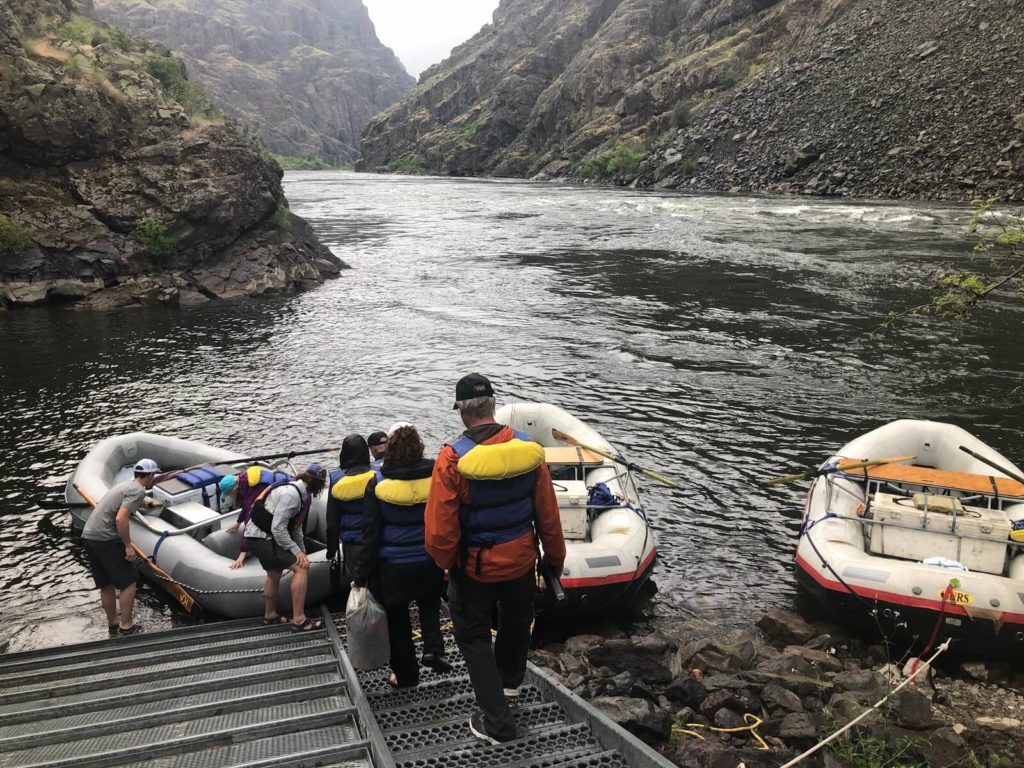
Feeling nervously excited as we get ready to launch.
You can’t ever over-prepare when it comes to trips like this. Bring sunscreen and sunglasses, even if it’s overcast. Pack snacks (protein bars and trail mix are always a great choice) and a filled water bottle, even if your trip includes meals.
Layer up with quick-drying clothes — raincoat, athletic shorts/leggings, rashguard, swim suit. If it’s cold, don’t be afraid to break out the wetsuit. (It’s not overkill — you’ll stay warm.)
Bring a change of dry clothes. Trust me, the last thing you want to do is sit in your soaked shorts, smelling like river water, for the entire drive home.
Your guide is most likely going to tell you to leave your car keys and your phone at the visitor’s center, so they don’t float down the river. Listen to them.
2. Enjoy the drive.
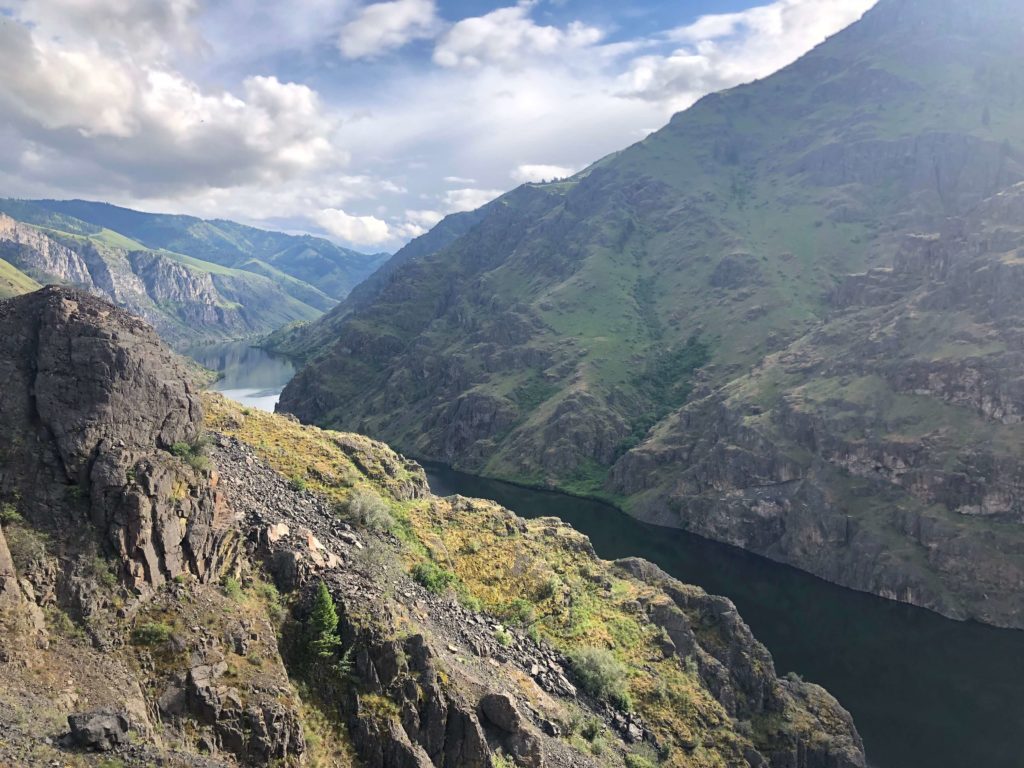
Taking in stunning views of the canyon right off the highway.
Depending on the route you take, you’ll be driving through lush farmland, high desert, rugged mountains and patches of ponderosa forests to get to your destination. Eventually you’ll find yourself on a narrow highway carved into the rugged mountainside, winding along the path of the Snake River. All along the way are some beautiful places to stop, take a few pictures and enjoy the view.
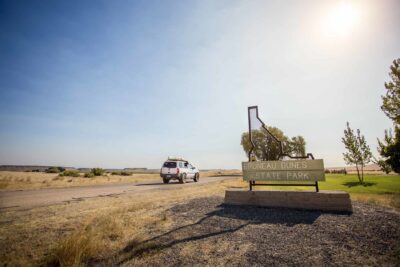
The small town of Weiser, Idaho is nearly halfway between Boise and the Hells Canyon Creek Visitor’s Center. Named after the nearby Weiser River, this town is filled with picturesque historic buildings going back to 1863 and it’s home to a world-renowned fiddling competition.
3. The river is always changing

A view of powerful Class IV+ rapids on a high-flow day
Earlier in the season (from mid-April to early June) the weather is going to be cooler, with more chances of overcast skies and rain. The water level is going to be higher, causing some of the smaller rapids to become more tame and the larger rapids to become more intense.
Later in the summer toward August, the average daily temperature climbs into the high 80s and low 90s, with clear skies and plenty of sun. The water warms up, and some of the Class IV rapids may be less intense.
Local’s tip: The best conditions for whitewater rafting are usually mid-June.
The whitewater conditions even change from day to day. It’s always a great idea to check on the conditions before you leave for your trip.
4. The views are always gorgeous - rain or shine

Green misty mountains overlooking the river in mid-May
On sunny days, the skies above Hells Canyon are clear blue, often without a cloud in sight. The waters are warm from the near-constant sunshine, just the right temp to jump in for a swim. You can see every peak of the mountains around you, with songbirds and raptors soaring above and bighorn sheep climbing the walls of the canyon.
But even the overcast days have their own beauty. During the rainy days of mid-May, the green mountains are shrouded in mist. The narrow valley is lush, and the wildflowers are in bloom. You’re not sure what’s around the next bend in the river. Rafting on rainy days is like exploring another world.
5. Hold on tight
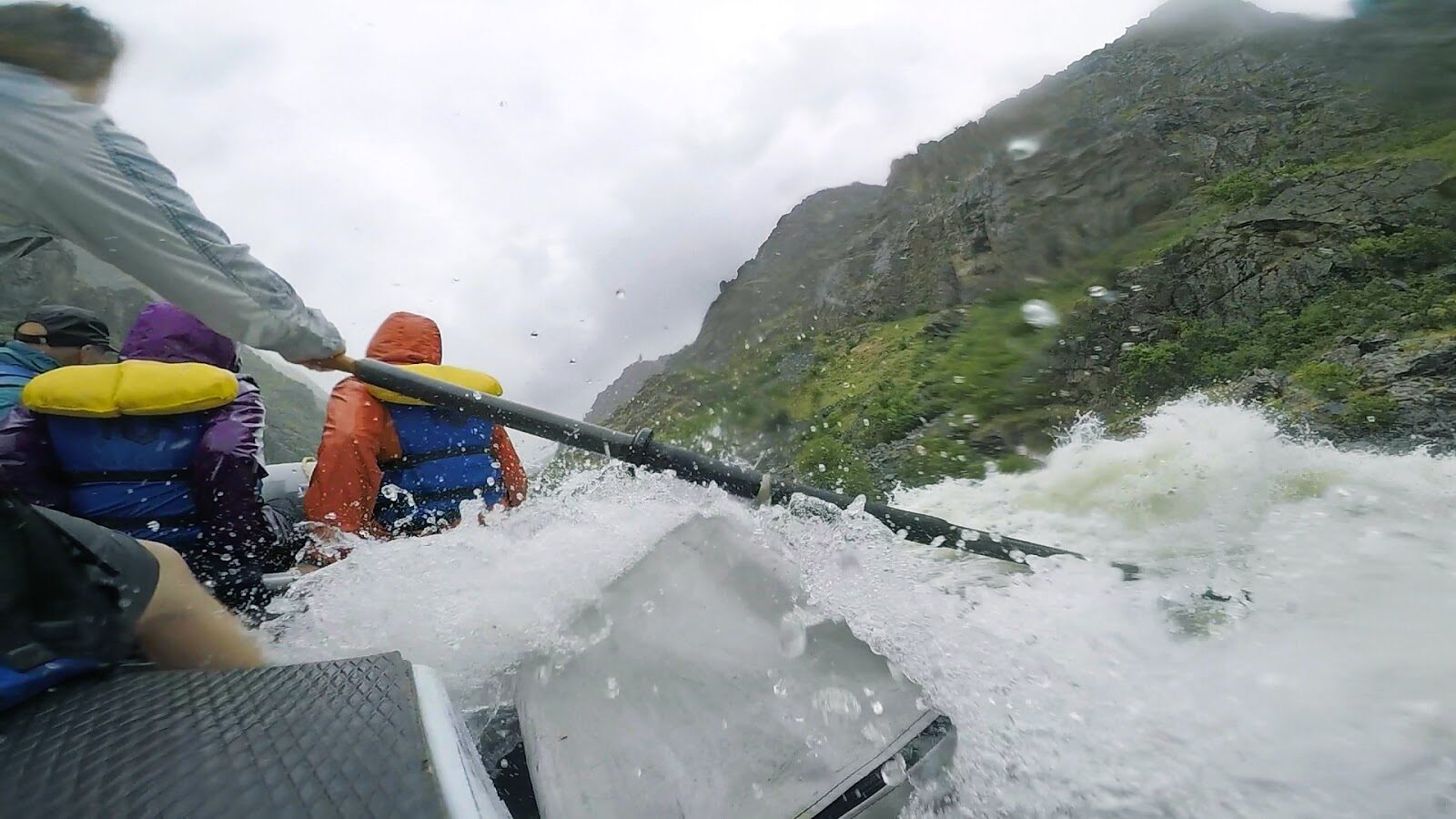
Braving the powerful waters and getting splashed by Class IV rapids
Whitewater rapids are classified from Class I (the most mild) to Class VI (the most intense, nearly impossible to raft). Most of the rapids Hells Canyon are classified as a Class III and Class IV, which means you’re in for a wild ride and you’re definitely getting wet.
The two most intense rapids are at the beginning of the trip. Both are Class IVs. These will feel almost like a roller coaster: quick drops, fast climbs and big splashes. Make sure you hold on tight for these.
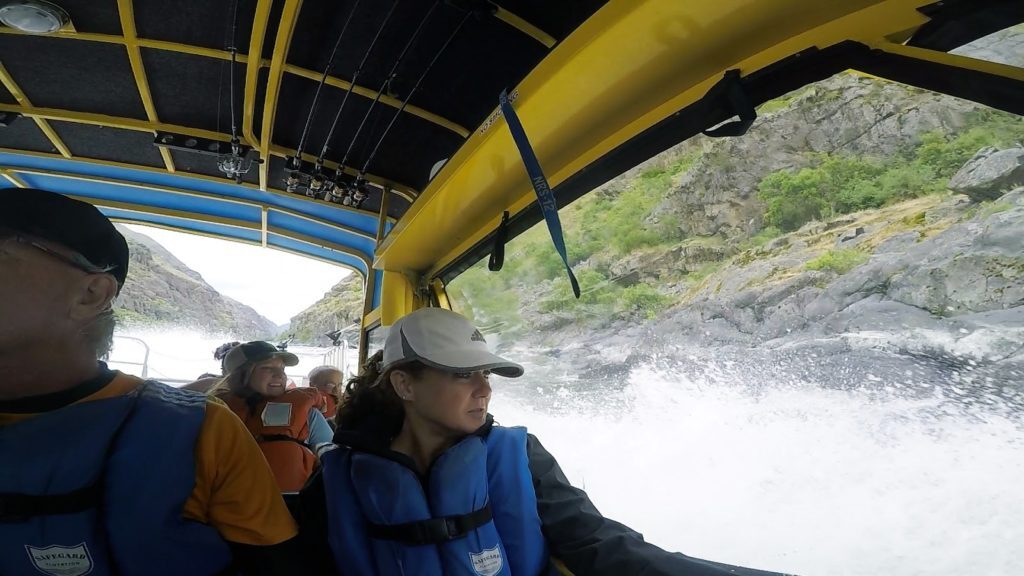
Powering upriver and looking at the waves below from a jet boat
Local’s Tip: Hells Canyon Adventures offers a jet boat ride back up the canyon after a whitewater rafting tour. It’s a completely different way to experience the rapids — and a total adrenaline rush.
6. Trust your guide.
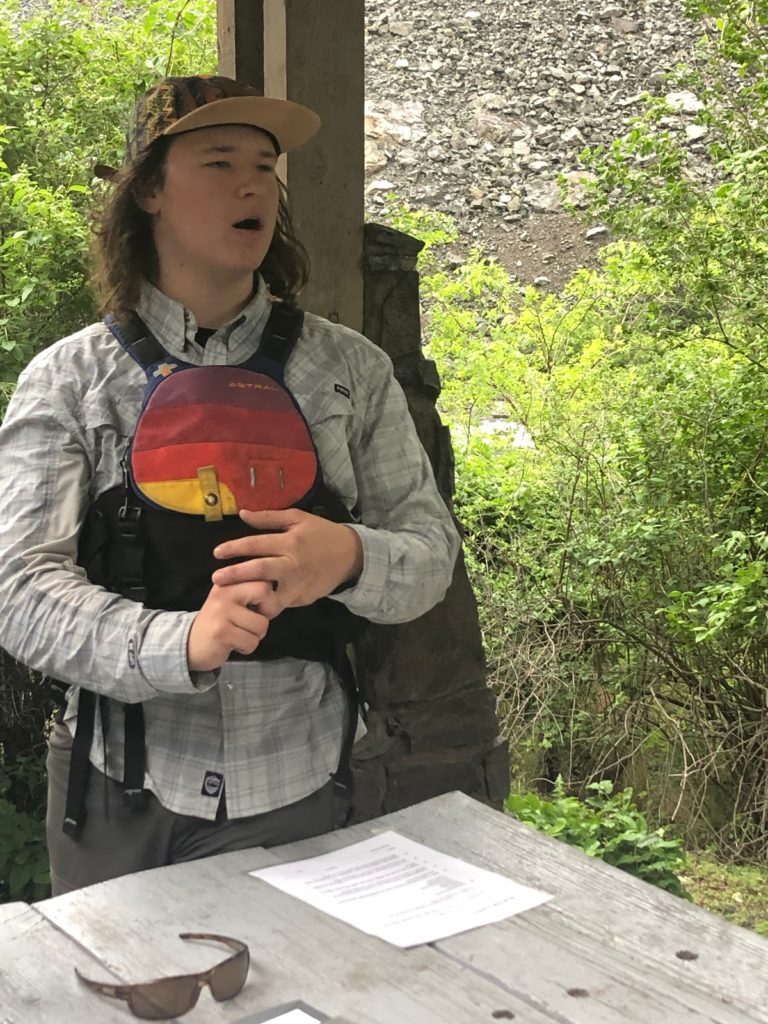
Our raft guide, Ryan Rau, explaining the do’s and don’t's of rafting
Each one of the licensed guides at Hells Canyon Adventures go through rigorous training before they’re able to lead tours down the river. Many of them have been rafting Hells Canyon for years, and they’ve learned every ripple, every bend and every wave of the river.
They’ve rehearsed every potential emergency situation that might happen — whether it’s a rafter falling out of the boat or even flipping the entire raft. Before navigating a big rapid, your guide will stop along the river at a lookout point to chart out the route he or she wants to take.
After so many experiences on the river, your guide is filled with stories about Hells Canyon. Don’t be afraid to ask them questions — they love to talk about this place.
7. You'll feel like the only one out there
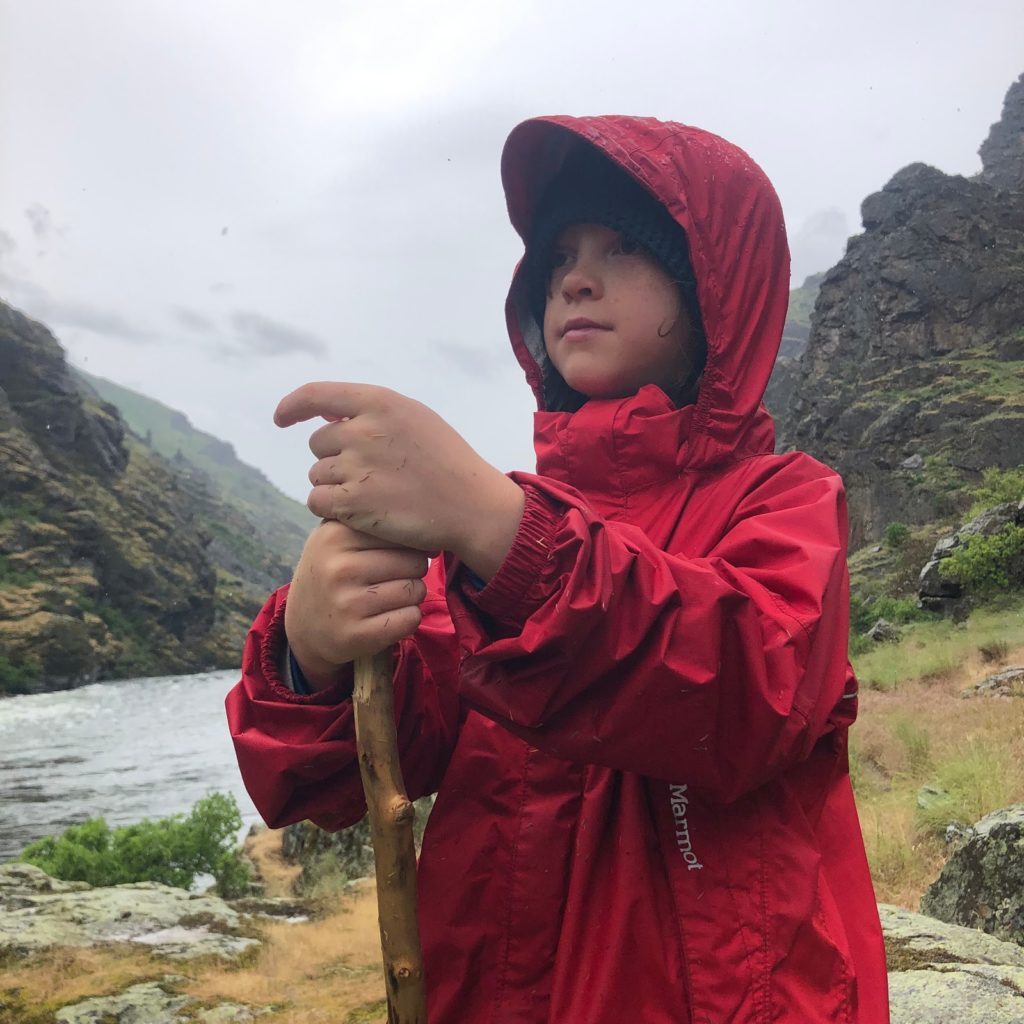
Taking the road less traveled and feeling brave
Aside from a few hikers, a handful of other rafters and the occasional jet boat, you and the rest of your group may be the only ones out on the river. Hells Canyon is one of the most remote, unexplored and relatively untouched natural wonders in the nation. Here, you don’t need to reserve a trip an entire year in advance or battle the crowds.
8. Stay curious
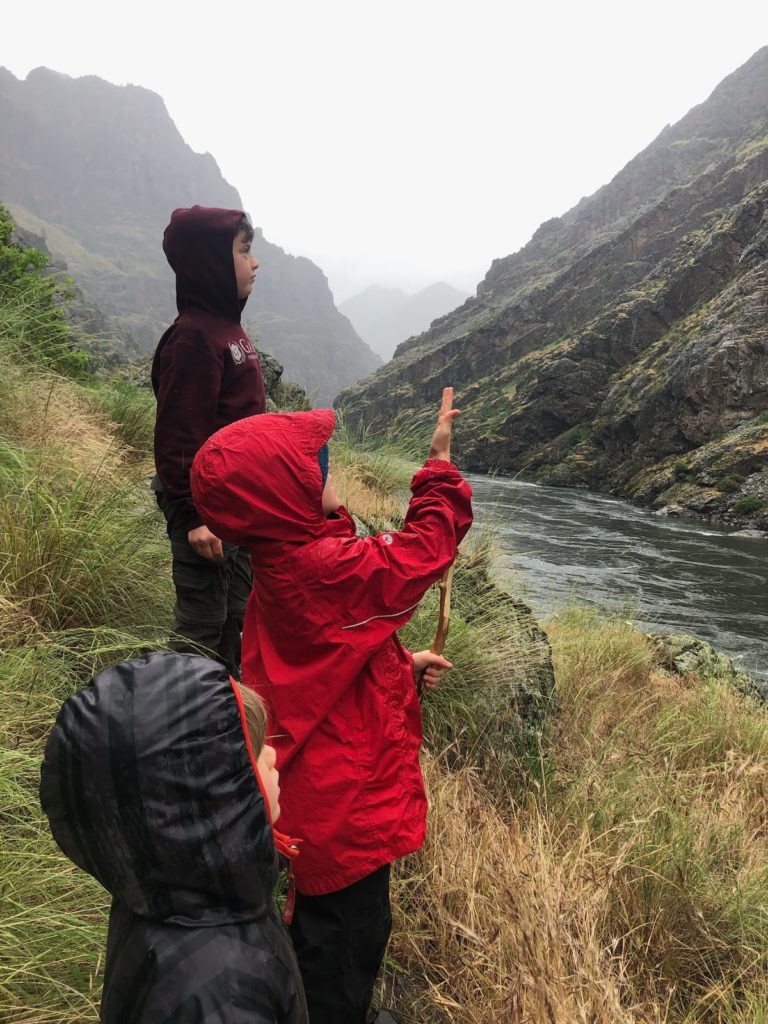
Venturing off the beaten path to enjoy panoramic views of the canyon
Throughout the ride, keep your eyes open. The canyon is teeming with wildlife: raptors, songbirds, sturgeon, bass, bighorn sheep, cougars, mountain goat, chukar and even black bear. The peaks of the Seven Devils mountains loom over the river. Petroglyphs that date back thousands of years still remain on the canyon walls. Wooden homesteads built by hand are tucked away along the banks of the river.
If your guide offers to make a stop and take a detour, always say yes. If you’re stopped along the river for lunch or for a snack, take a walk and explore. You’ll never know what’s hidden away here.
9. Stay awhile
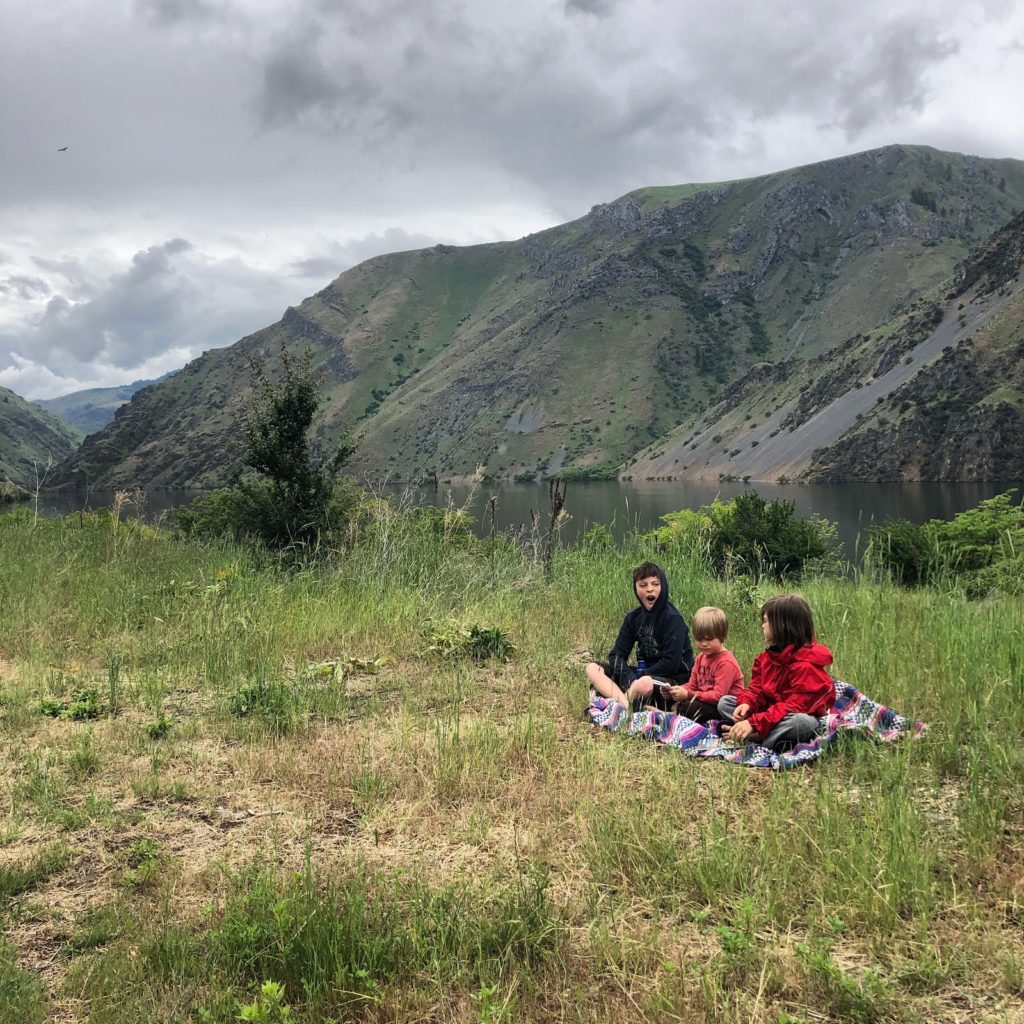
Stopping at a grassy meadow for a well-deserved picnic
Hells Canyon is lined with hiking trails, fishing holes and camp sites. Don’t hesitate to extend your afternoon rafting trip to a weekend-long escape to the wilderness. Take a hike up to Suicide Point, a scenic lookout where you can take in the views from 2,421 feet above sea level. Drive down below the dam to Brownlee Reservoir, where you catch some bass or kayak through the calm waters. After the end of a long day, pitch a tent and camp under the stars.
10. It's an experience you won't forget
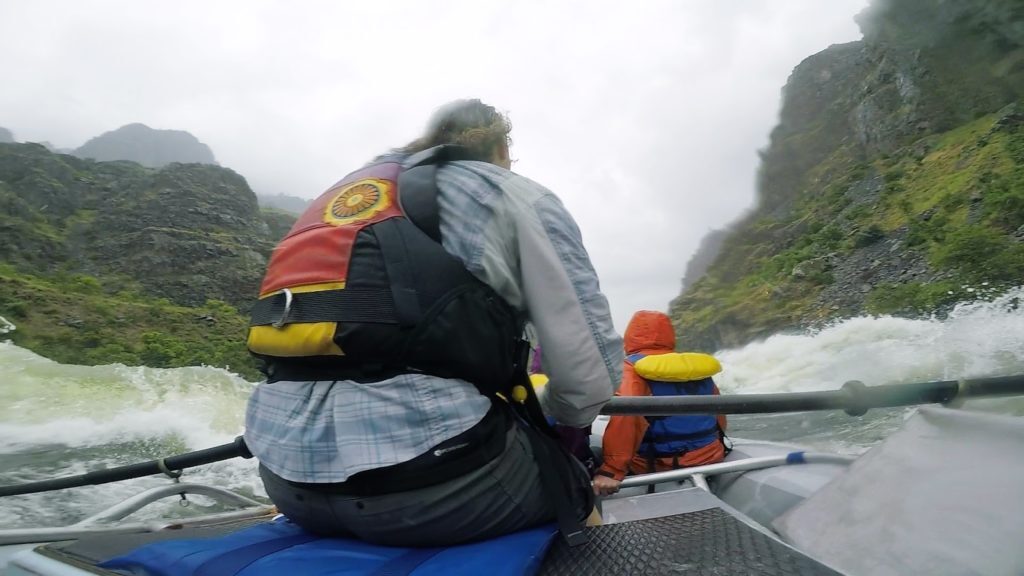
Exploring the wildest whitewater in America’s deepest canyon
Visiting Hells Canyons means exploring the deepest river gorge in North America and experiencing some of the best whitewater in the nation. That’s a fact. Whether you’re an adrenaline junkie, an outdoor enthusiast, or just a weekend adventurer, this is one of those places that should make anyone’s bucket list. I was still having dreams of whitewater rafting the canyon for weeks afterward.
The bottom line? Whitewater rafting in Hells Canyon is experiencing the Wild West at its best — untouched, unexplored, and unadulterated. It’s places like these that still keep Southwest Idaho wild.
Hells Canyon Adventures is a SWITA member — thank you for helping us promote the best of Southwest Idaho.



